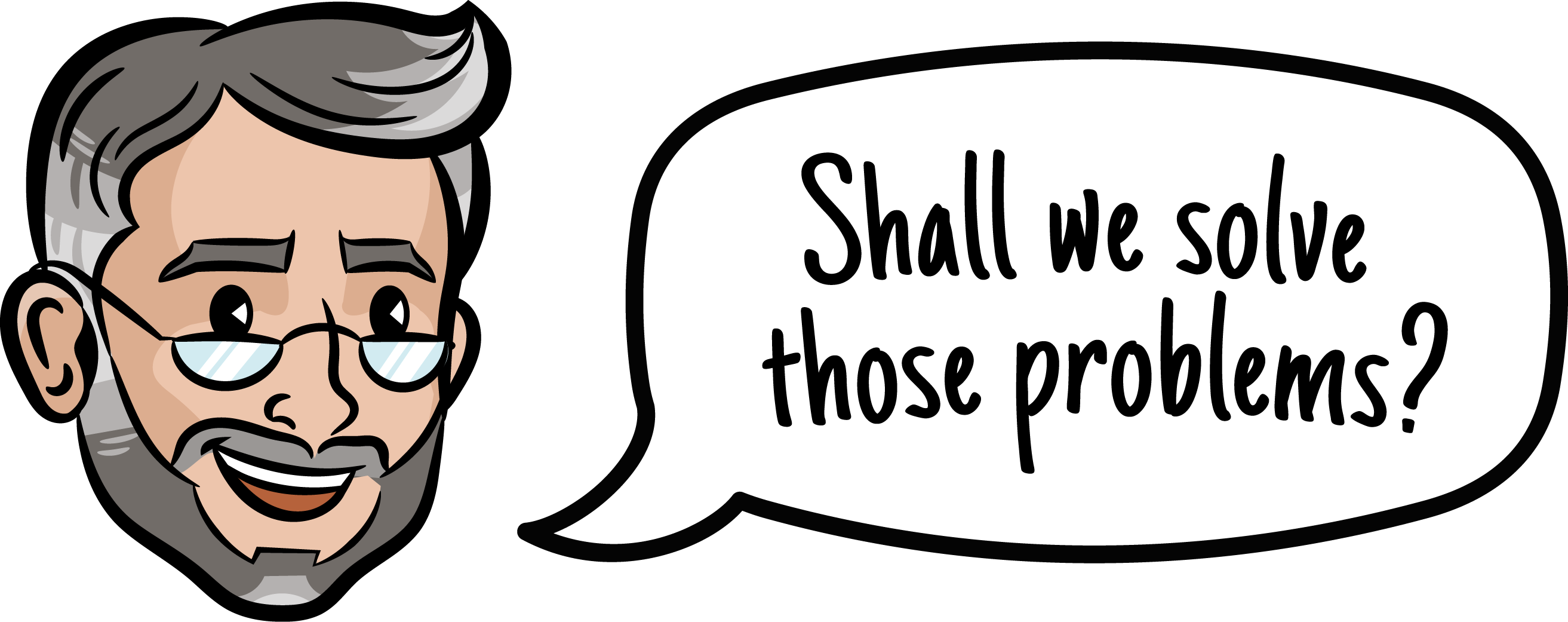Table of Contents
Defining Inside Sales: The Foundation of Modern Sales Operations
Inside Sales vs. Outside Sales: Understanding the Key Differences
Deconstructing Inside Sales Roles and Responsibilities
Strategic Benefits of Inside Sales
Integrating Inside and Outside Sales for Maximum Impact
Conclusion
Useful Related Posts from Sales Funnel Professor
Defining Inside Sales: The Foundation of Modern Sales Operations
At its core, understanding the inside sales meaning involves grasping the concept of sales conducted remotely, without the need for face-to-face meetings. This is sales executed primarily from an office location – or increasingly, from a remote work environment – leveraging technology to connect with prospects and customers.
Historically, inside sales might have been dismissed as simple telemarketing or order-taking. However, the evolution has been dramatic. Driven by technological advancements, changes in buyer behavior, and global market shifts, modern inside sales has transformed into a sophisticated, strategic function capable of handling complex sales cycles, building deep customer relationships, and driving significant revenue growth across industries and deal sizes.
Key characteristics that differentiate inside sales from other sales models include:

- Remote Engagement: Sales interactions occur via phone calls, emails, video conferencing, social selling platforms, and instant messaging apps.
- Technology Reliance: Inside sales teams heavily depend on CRM systems, sales engagement platforms, analytics tools, and communication software to manage leads and pipeline.
- Data-Driven Approach: The digital nature of inside sales allows for rigorous performance tracking, enabling continual analysis and optimization.
- Scalability: Inside sales teams can be quickly expanded without the geographical constraints faced by outside sales reps.
- Efficiency: Reduced travel time means reps can engage in more calls, emails, and meetings daily, maximizing productivity.
Contrary to common misconceptions, inside sales requires a unique set of skills, including strong virtual communication, digital relationship-building capabilities, and mastery of sales technology. In fact, many inside sales reps manage complex deals that require a deep understanding of their customers and industries, rivaling the sophistication traditionally associated with outside sales.
Inside Sales vs. Outside Sales: Understanding the Key Differences
While both inside and outside sales roles share the fundamental objective of generating revenue by converting prospects into customers, their methodologies, cost structures, and daily responsibilities differ significantly. Understanding these distinctions is crucial when designing your sales organization and defining “inside sales meaning” within your specific context.
Methodologies and Approach
The most obvious difference lies in the primary method of engagement. Outside sales representatives traditionally rely on face-to-face interactions, traveling to meet prospects and clients at their locations. Their territories are often geographically defined, with time dedicated to in-person meetings, events, and relationship-building activities on-site.
Inside sales professionals conduct all their sales activities remotely. Their territories are often virtual, segmented by account lists, industry verticals, or geographic regions managed digitally. Communication channels include phone, email, video conferencing (Zoom, Teams), social selling, and CRM-based engagement.
The sales cycle length and complexity can also differ. While inside sales teams increasingly manage complex and high-value deals, outside sales has historically been associated with longer cycles requiring multiple in-person interactions to build trust and navigate organizational structures. Inside sales builds relationships through consistent, valuable digital touchpoints, emphasizing efficiency and scalability.
Cost Structure and Efficiency
A significant strategic advantage of inside sales is its cost efficiency. Inside sales reps incur far fewer expenses, with minimal or no travel costs, no lodging, and reduced meal and entertainment expenses.
This lower overhead means the cost of sales per rep is significantly less, allowing companies to scale more aggressively. Adding a new inside sales rep typically requires minimal setup: a desk, a laptop, a headset, and software licenses. In contrast, outside sales hires may require significant travel budgets and sometimes physical office space in multiple locations.
Furthermore, inside sales reps can handle a higher volume of interactions per day. Without travel time, reps can schedule back-to-back calls, follow-ups, and meetings, boosting pipeline velocity and conversion potential.
Role Focus and Responsibilities
Day-to-day activities differ notably between the two models:
Inside Sales:
- Proactive outbound prospecting via calls and emails.
- Handling inbound leads generated by marketing.
- Conducting virtual demos and presentations.
- Negotiating and closing deals remotely.
- Managing digital pipelines and CRM data.
Outside Sales:
- Managing physical territories.
- Building rapport through face-to-face meetings and events.
- Conducting on-site visits and product demonstrations.
- Navigating complex sales cycles with multiple stakeholders in person.
Both require strong sales skills but deploy different tools and interaction styles tailored to their environments.
Deconstructing Inside Sales Roles and Responsibilities
Inside sales teams are often structured to handle different stages of the buyer’s journey efficiently. This segmentation helps increase specialization and effectiveness.
Sales Development Representatives (SDRs)
SDRs focus on early funnel stages, primarily qualifying inbound leads generated by marketing:
- Respond quickly to inquiries.
- Qualify leads using frameworks like BANT.
- Conduct discovery calls.
- Book meetings for Account Executives.
Business Development Representatives (BDRs)
BDRs often handle outbound prospecting to generate new leads from untapped accounts:
- Research target accounts.
- Identify decision-makers.
- Execute cold outreach campaigns.
- Qualify outbound leads.
- Schedule qualified appointments.
Account Executives (AEs)
Inside sales AEs manage qualified leads through the entire sales process to closing:
- Conduct deep discovery.
- Deliver virtual demos.
- Build relationships remotely.
- Negotiate contracts.
- Close deals and hand off to customer success.
Other roles may include account managers focused on expansions or specialists handling complex products.
Strategic Benefits of Inside Sales
Adopting an inside sales model offers numerous advantages:
- Increased efficiency: More selling time without travel.
- Scalability: Rapidly grow teams at lower cost.
- Lower cost of sales: Reduced travel and overhead.
- Broader reach: Sell nationally or globally from a centralized hub.
- Better data: CRM logs all activity for performance insights.
- Enhanced collaboration: Easier knowledge sharing in centralized or remote teams.
- Agility: Quickly adapt messaging and campaigns to market changes.

Integrating Inside and Outside Sales for Maximum Impact
Most organizations benefit from integrating inside sales into a broader sales model. This often means inside teams handle lead qualification and smaller deals, while outside reps focus on strategic, high-value accounts requiring in-person engagement.
Clear role definitions, seamless handoffs, and collaborative workflows supported by technology (CRMs, sales engagement platforms, collaboration tools) are essential.
Successful integration requires:
- Alignment on goals and processes.
- Regular joint meetings.
- Shared pipeline visibility.
- Data-driven feedback loops.
Choosing the right mix depends on your market, product complexity, customer preferences, and growth strategy.
Conclusion
Understanding the modern inside sales meaning is vital for sales leaders aiming to build efficient, scalable teams that meet today’s market demands. Inside sales is far more than a cost-saving alternative — it’s a powerful, strategic model driving growth and enabling broader market reach.
By clearly defining inside sales roles, appreciating the differences with outside sales, and integrating the two thoughtfully, you can create a flexible, high-performing sales organization equipped to thrive in a dynamic sales environment.
Useful Posts for Further Learning
Enhance your knowledge with these insightful blogs from Sales Funnel Professor:


